Achieving the dream of homeownership can seem daunting, especially if you have a bad credit history. However, there are specific loan options designed to help individuals with bad credit purchase a home. This guide will explore the best loans for bad credit buyers, providing you with the information you need to take the first steps toward owning your new home.
Understanding Bad Credit Home Loans
What Are Bad Credit Home Loans?
Bad credit home loans are mortgage options specifically tailored for individuals with low credit scores. Traditional lenders often reject applications from borrowers with bad credit due to the perceived risk. However, some lenders and loan programs are designed to accommodate these borrowers, often with additional requirements or higher interest rates.
Why Consider Bad Credit Home Loans?
- Accessibility: Provides an opportunity to buy a home despite a low credit score.
- Building Credit: Regular, on-time mortgage payments can improve your credit score over time.
- Stability: Owning a home can offer financial and personal stability.
Top 5 Bad Credit Home Loans
1. FHA Loans
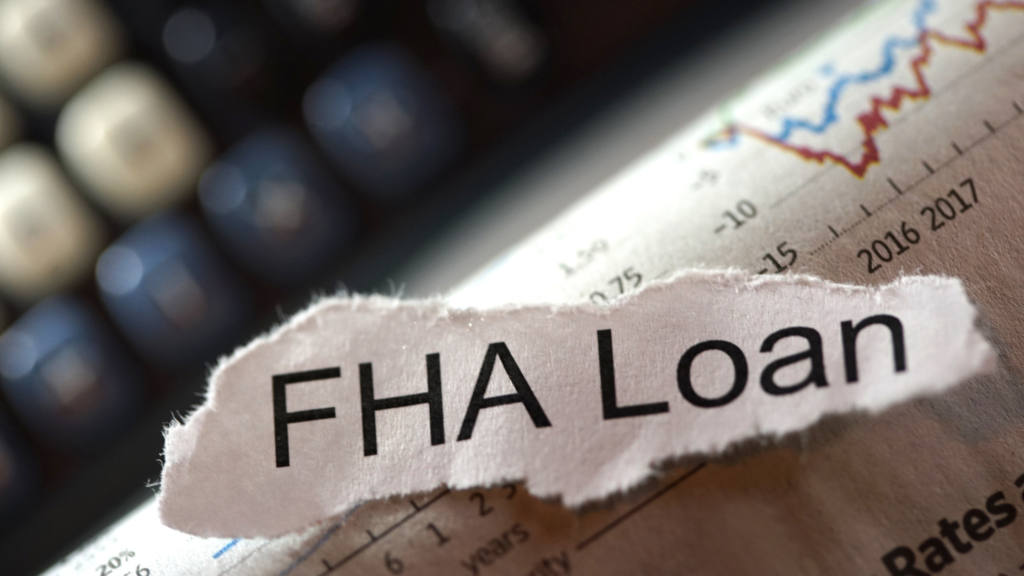
Overview
Federal Housing Administration (FHA) loans are a popular choice for borrowers with bad credit. These loans are insured by the FHA, which reduces the risk for lenders and makes it easier for individuals with lower credit scores to qualify.
Key Features
- Low Down Payment: Requires as little as 3.5% down payment.
- Flexible Credit Requirements: Accepts credit scores as low as 500 with a 10% down payment, or 580 with a 3.5% down payment.
- Competitive Interest Rates: Often lower than conventional loans for bad credit borrowers.
Benefits
- Easier Qualification: More lenient credit requirements compared to conventional loans.
- Lower Down Payment: Reduces the upfront cost of buying a home.
- Assumable Loans: FHA loans can be transferred to new buyers, which can be a selling point.
Considerations
- Mortgage Insurance: Requires both upfront and annual mortgage insurance premiums (MIP).
- Property Requirements: Must meet specific property standards set by the FHA.
2. VA Loans
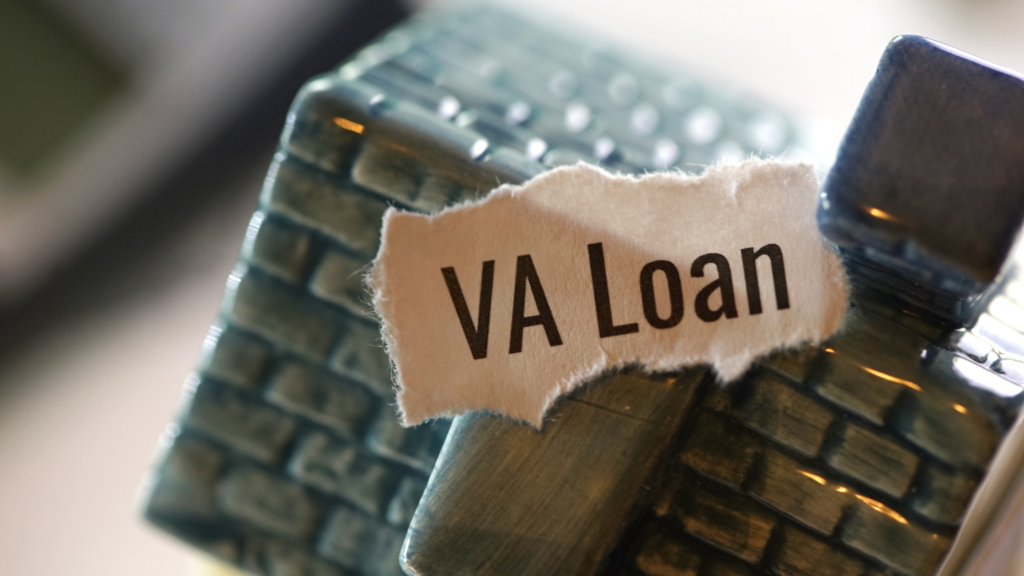
Overview
Veterans Affairs (VA) loans are available to veterans, active-duty service members, and their families. These loans are backed by the Department of Veterans Affairs and offer numerous benefits, especially for those with bad credit.
Key Features
- No Down Payment: Allows for 100% financing.
- No PMI: Does not require private mortgage insurance.
- Flexible Credit Requirements: No minimum credit score set by the VA, though lenders may have their own requirements.
Benefits
- No Down Payment: Makes homeownership more accessible for veterans and their families.
- Lower Interest Rates: Generally offers lower interest rates compared to conventional loans.
- No PMI: Saves money on monthly payments by eliminating private mortgage insurance.
Considerations
- Eligibility: Only available to eligible veterans, service members, and certain military families.
- Funding Fee: Requires a one-time funding fee, though it can be financed into the loan.
3. USDA Loans
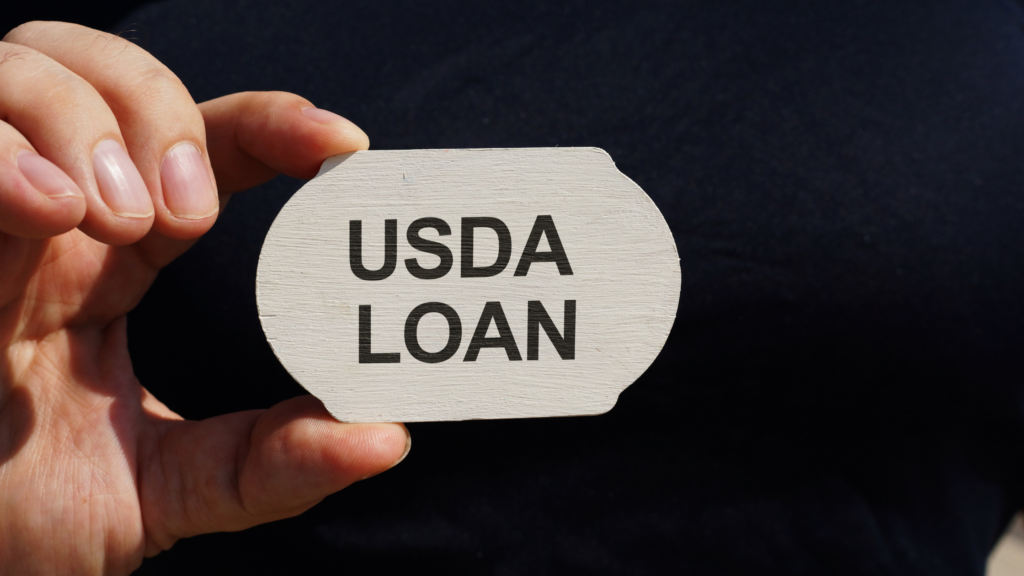
Overview
The United States Department of Agriculture (USDA) offers loans to low- and moderate-income borrowers in eligible rural areas. These loans are designed to improve the quality of life and economic development in rural America.
Key Features
- No Down Payment: 100% financing available.
- Low Interest Rates: Competitive interest rates for qualified borrowers.
- Flexible Credit Requirements: Often accepts credit scores as low as 580.
Benefits
- No Down Payment: Makes homeownership possible without significant savings.
- Lower Interest Rates: Helps keep monthly payments affordable.
- Rural Focus: Supports rural communities and development.
Considerations
- Location Restrictions: Only available for properties in eligible rural areas.
- Income Limits: Borrowers must meet specific income requirements.
4. Subprime Mortgages
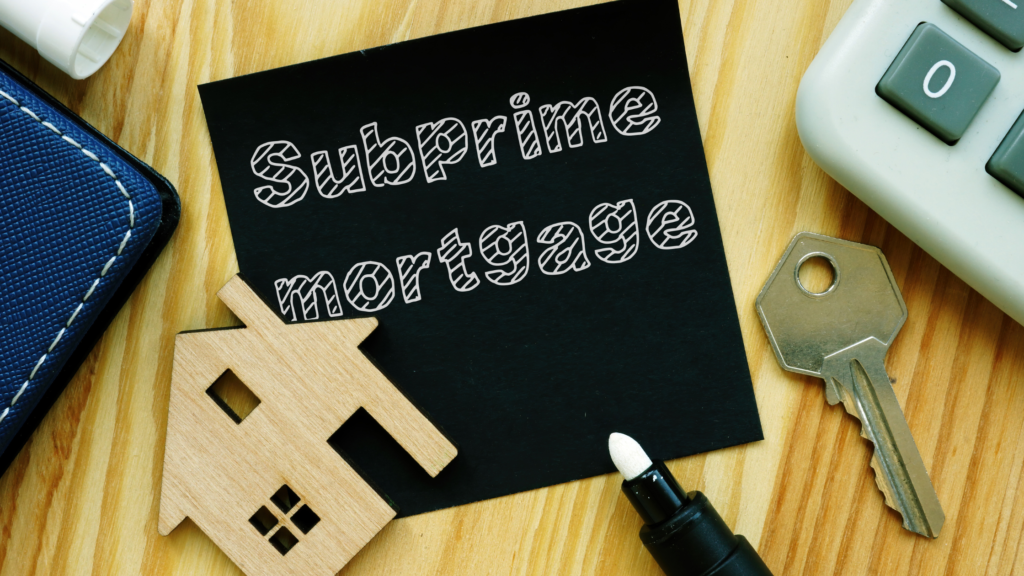
Overview
Subprime mortgages are designed for borrowers with poor credit. These loans typically have higher interest rates and less favorable terms due to the increased risk to the lender.
Key Features
- Higher Interest Rates: Reflects the increased risk for lenders.
- Flexible Qualification: Easier to qualify for compared to traditional loans.
- Various Loan Types: Includes fixed-rate, adjustable-rate, and interest-only options.
Benefits
- Accessibility: Available to borrowers with very low credit scores.
- Flexibility: Various loan types to suit different financial situations.
- Potential for Approval: Higher likelihood of approval compared to traditional loans.
Considerations
- Cost: Higher interest rates and fees make these loans more expensive.
- Risk: Adjustable-rate and interest-only loans can result in higher payments over time.
5. Portfolio Loans
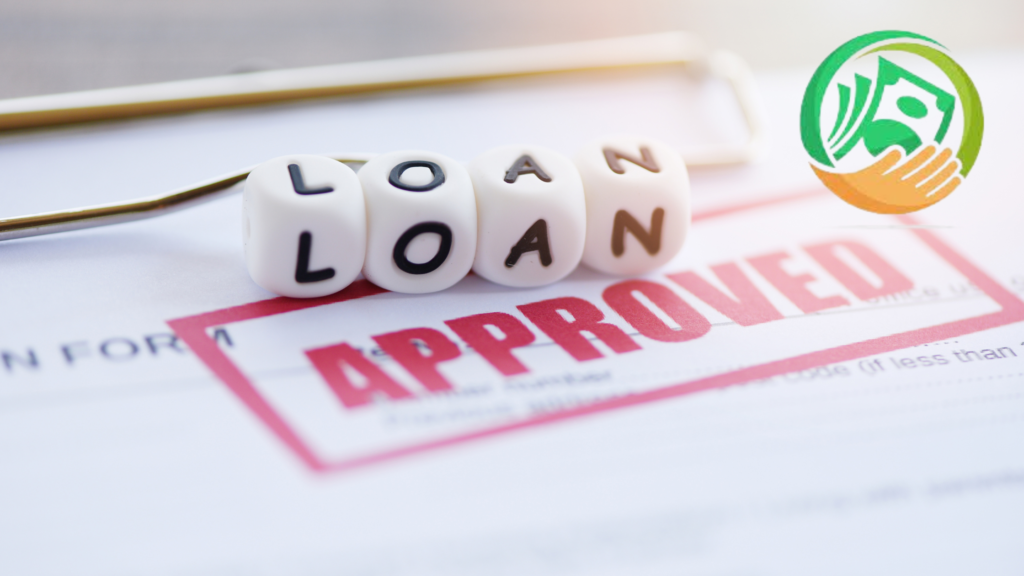
Overview
Portfolio loans are offered by lenders who keep the loan in their own portfolio rather than selling it on the secondary market. This allows for more flexible underwriting criteria, which can benefit borrowers with bad credit.
Key Features
- Flexible Criteria: Lenders can set their own qualification standards.
- Tailored Solutions: Loans can be customized to meet the borrower’s needs.
- Variety of Options: Includes fixed-rate and adjustable-rate mortgages.
Benefits
- Custom Solutions: Loans can be tailored to unique financial situations.
- Flexibility: More lenient credit and income requirements.
- Direct Lender Relationship: Easier communication and potentially better customer service.
Considerations
- Higher Costs: Typically comes with higher interest rates and fees.
- Availability: Not all lenders offer portfolio loans.
Tips for Improving Your Chances of Approval
Improve Your Credit Score
Work on improving your credit score by paying bills on time, reducing existing debt, and correcting any errors on your credit report. Even small improvements can enhance your loan terms and interest rates.
Save for a Down Payment
A larger down payment can improve your chances of loan approval and may result in better loan terms. Aim to save at least 10-20% of the home’s purchase price.
Provide Documentation
Be prepared to provide thorough documentation of your income, assets, and debts. This can include pay stubs, bank statements, tax returns, and proof of any additional income sources.
Consider a Co-Signer
Having a co-signer with a good credit score can help you qualify for a loan and obtain more favorable terms. Ensure that your co-signer understands their obligations and the impact on their credit.
Conclusion
Owning a home is achievable even with bad credit. By exploring options like FHA loans, VA loans, USDA loans, subprime mortgages, and portfolio loans, you can find a solution that fits your financial situation and helps you move towards homeownership. Remember to improve your credit score, save for a down payment, and provide thorough documentation to increase your chances of approval.
Navigating the world of home loans with bad credit can be challenging, but with the right information and preparation, you can secure a loan that meets your needs and helps you achieve your dream of owning a home. Stay proactive, compare your options, and take the necessary steps to improve your financial health, ensuring a brighter future in your new home.
Read also : The Ultimate Guide: Top 5 No-Money-Down Loans for Those with Bad Credit
Read also : Need Cash Quick? Top 5 Online Loans for Bad Credit
